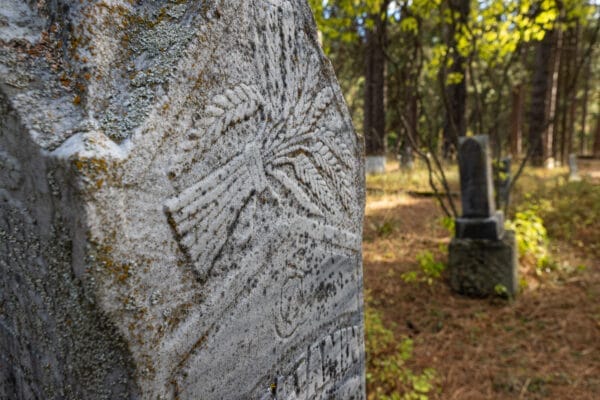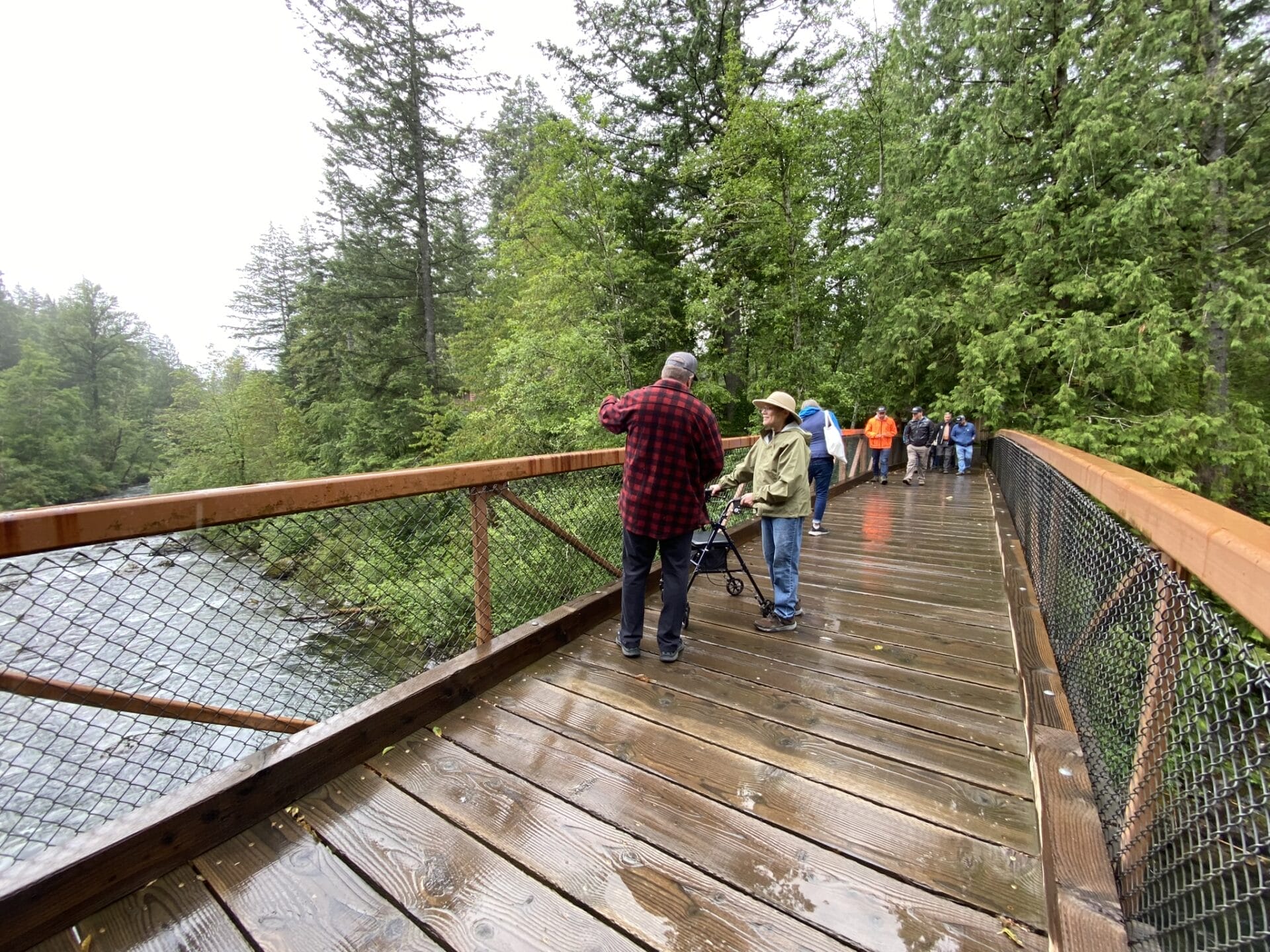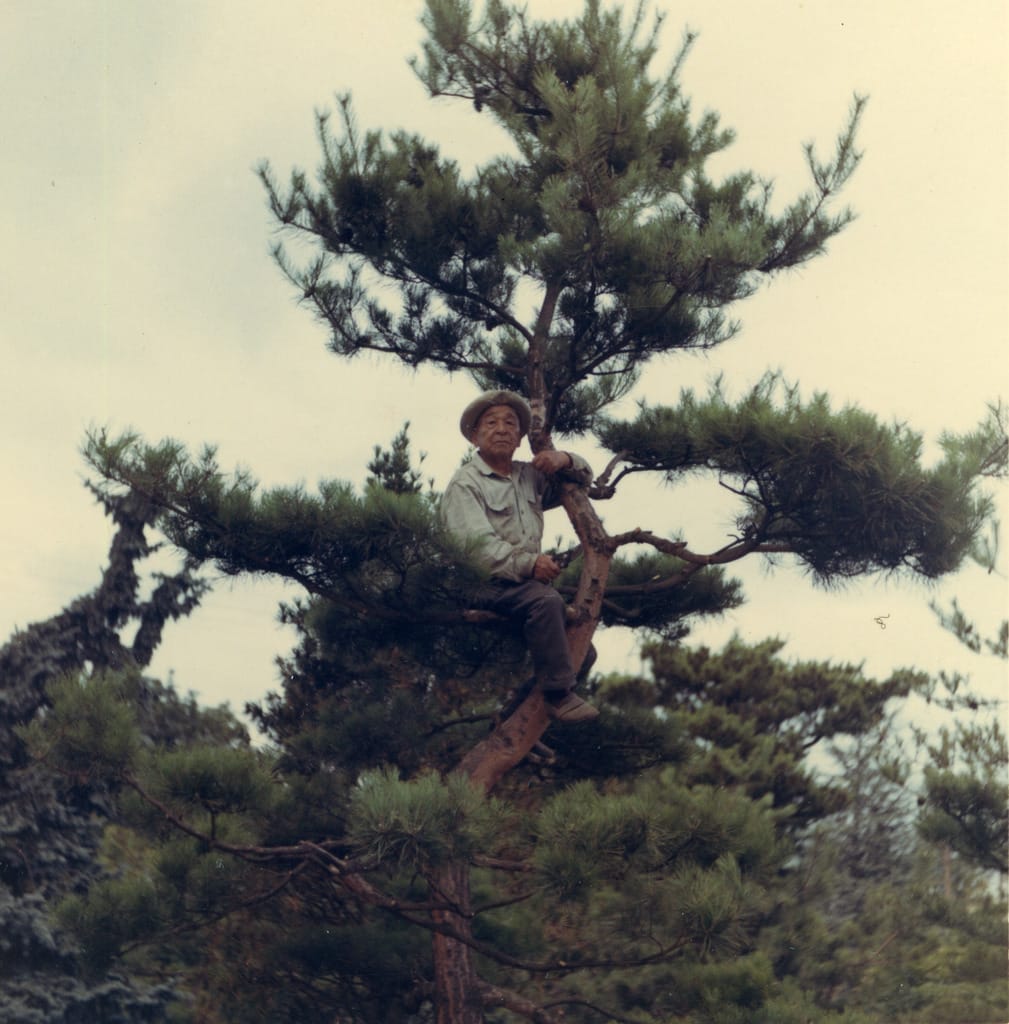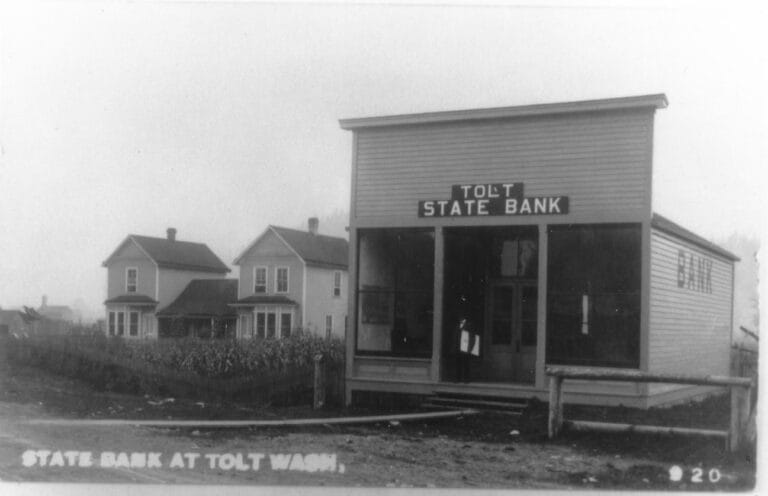Learning About the Historic Roslyn Cemetery
Visitors to Roslyn, Washington might be there to check out the Roslyn Café, famed for its appearance on the cult hit Northern Exposure; to wander the downtown area; or to explore the many recreational activities it offers, either on bike or on foot. Nestled just a few blocks away is the Roslyn Cemetery, where more than 100 years of stories and heritage about this little mining town are collected. The cemetery is open to the public and respectful visitors are encouraged to visit to learn more about the history of Roslyn and the surrounding areas.
What is the Roslyn Cemetery?
Roslyn was founded as a coal mining town in 1886 for the Northern Pacific Railway, under the Northern Pacific Coal Company (later known as the Northwestern Improvement Company). Because of the mines, Roslyn has always been a very diverse and multiethnic community, and that is reflected in its cemetery. Many of those who initially came to work in the mines were Eastern European immigrants.
The Roslyn Cemeteries are 26 separate, but adjacent, cemeteries with nearly 5,000 graves that make up one cemetery complex. Although there are other historical cemeteries known to exist throughout the world, there is not an exact count of similar styles to this one. The first Roslyn Cemetery — the Old Roslyn City Cemetery — was founded in the initial years of the community by the Northern Pacific Coal Company. Many of those laid to rest were miners who died due to unsafe working conditions, and it was these conditions that led to the workers striking and seeking better, and safer, conditions and shorter work days.
In August 1888, the first Black miners were brought into Roslyn as strikebreakers, and later their families came to reside in Roslyn as well. However, they were excluded from being buried in the original Roslyn Cemetery and were instead laid to rest in an adjacent piece of land.
As Roslyn continued to grow, fraternal, ethnic, religious, and civil orders chose to have their own cemeteries as well. This led to the uniquely separate, but adjacent, cemeteries that make up the Roslyn cemetery complex. A few of the cemeteries include the IOOF (Independent Order of Oddfellows) Cemetery, the Masonic Cemetery, the Old City Cemetery, the Polish Cemetery, the Eagles Cemetery, the Druids Cemetery, the Saint Barbara’s Croatian Cemetery, among many more. Some of the cemeteries range from a single grave to sections where there are still active burials occurring, to areas planned for eventual expansion.

Roslyn Cemetery: An Important Piece of Heritage
Many of these cemeteries reflect the burial customs and heritages of those resting there. From the elaborate markers that encased photographs of the departed, to the picturesque and ornate fences that were used to keep out foraging animals, each burial plot has its own story.
There are numerous individuals laid to rest in the Roslyn cemeteries that are of historical significance to Roslyn and the Pacific Northwest. Many family members of the 300 Black miners that came into Roslyn as strikebreakers in August 1888 rest in the Mount Olivet Cemetery.
On May 10, 1892, an explosion killed 45 miners in the Northern Pacific Coal Company’s No. 1 mine at Roslyn, which was the worst coal mine disaster in Washington State history. Those who died were buried in the Old City Cemetery, the Old Knights of Pythias Cemetery, and the Mount Olivet Cemetery.
Another mine explosion on October 3, 1909 claimed 10 lives in the No. 4 mine. The men were laid to rest in the Old Knights of Pythias Cemetery, Cacciatori D’Africa Cemetery, Old City Cemetery, and the Masonic Cemetery.
Another known individual to Pacific Northwest history and laid to rest in the Eagles Cemetery was that of Bert Pellegrini, who died on August 18, 1928. He was the business owner and moonshiner whose reported 250-gallon still exploded, and the resulting fire destroyed the town of Ronald.
There are many individuals whose stories helped to build Roslyn, Ronald, and nearby communities. They were miners, loggers, housewives, children, and the everyday person whose lives are woven into the fabric that create the communities that we know today. The kiosk at the Roslyn Cemetery helps to tell these stories, as does the Roslyn Museum along with other institutions like the Kittitas County Historical Museum. There are also numerous records on FindAGrave.com.

Before You Go… Dos and Don’ts of Cemetery Visiting
It is very important that visitors remain respectful during their visit to the cemetery. Try to not walk over the graves themselves, but rather in between the headstones.
It is discouraged to:
- play loud music in cars
- run or play in the cemetery
- speak loudly or use offensive language
It is very important to read the cemetery rules and follow them; to not litter and pack all trash out (or to the nearest trash receptacle); to keep pets leashed and to clean up after them; to stay on roadways and not drive on the grass; and to try and not stay in the cemetery after dark. It is also highly recommended not to talk to strangers in the cemetery as others may wish to be alone; to not take photos of other individuals or funerals in progress; and to not touch monuments or headstones.
It is important however, that you do pay your respects and learn about the people who are buried in the local cemetery. There are many cemeteries to experience and explore, and seeing the headstones is just one way to understand more about our collective heritage and past.
You can learn more about the Roslyn Cemetery by visiting their website here.





